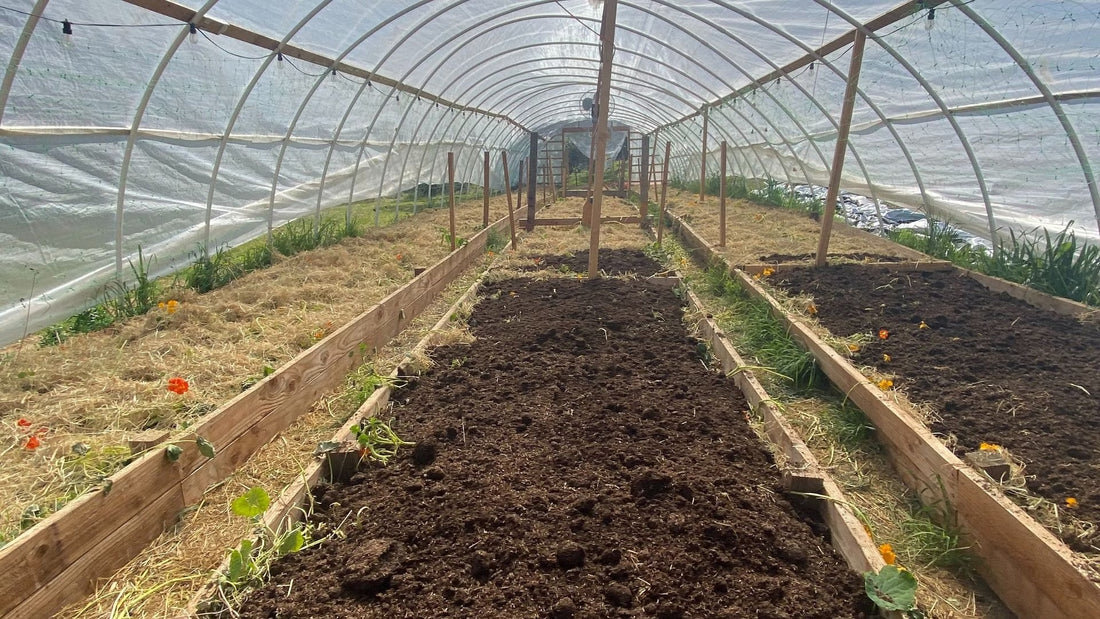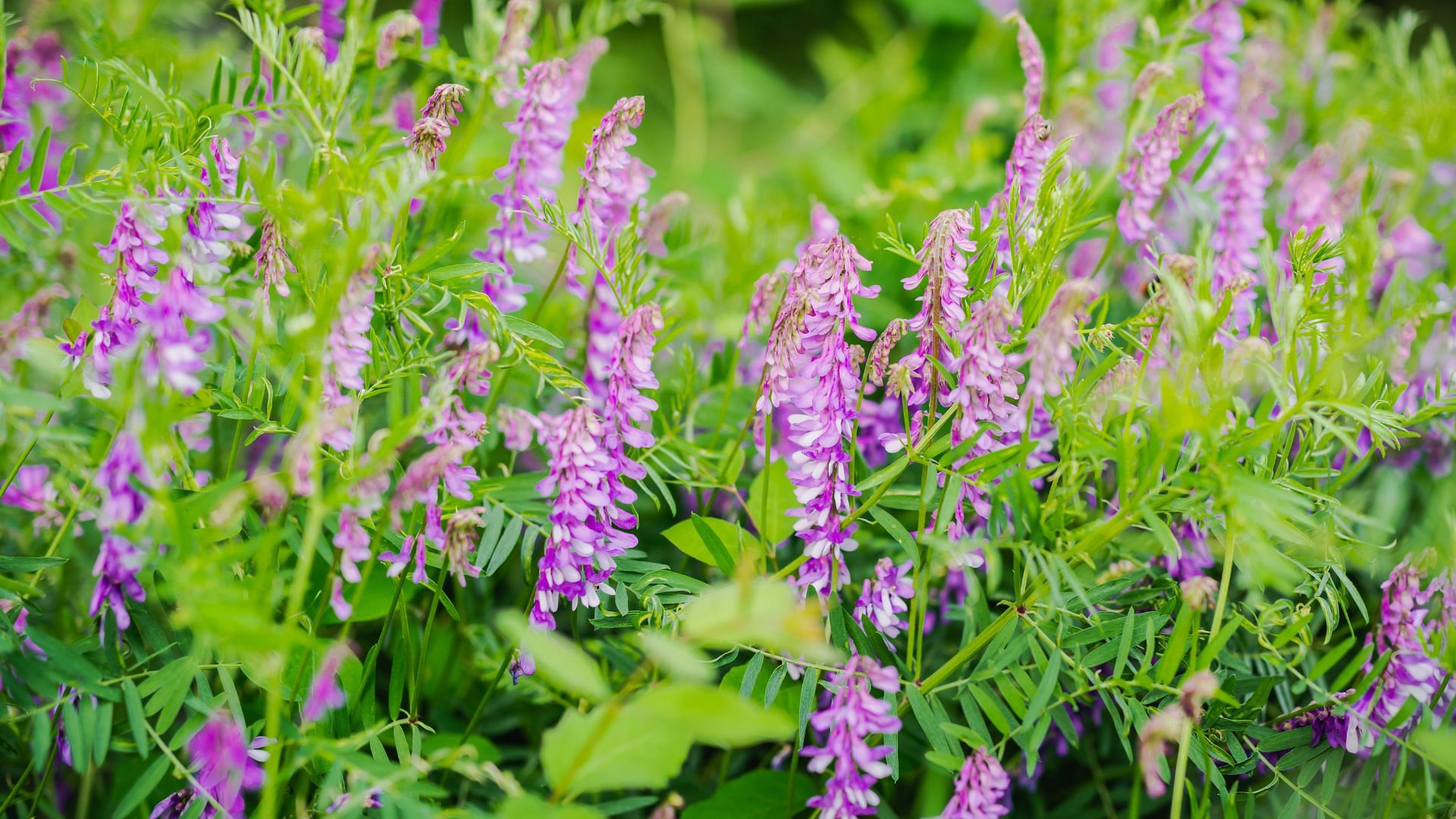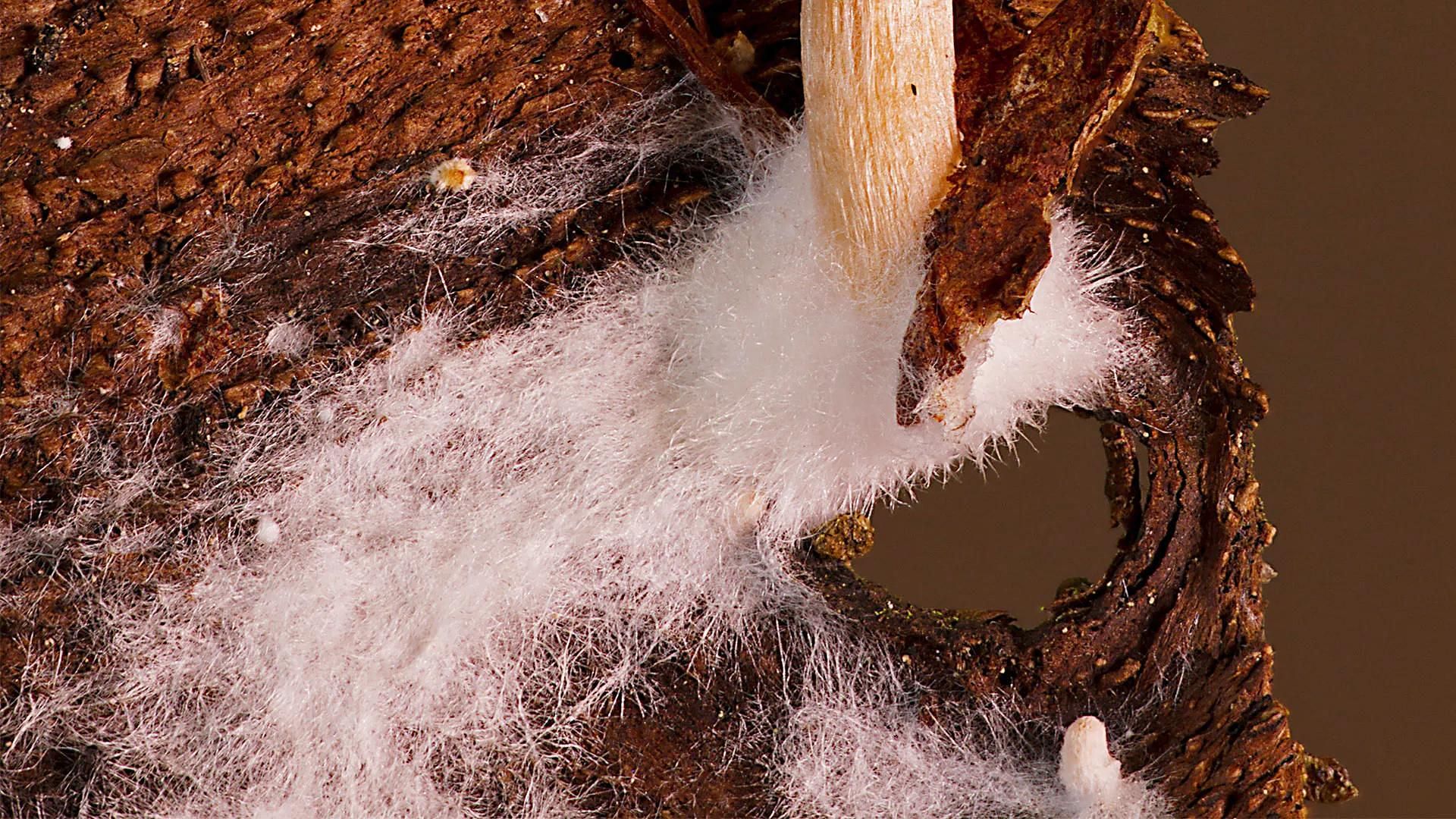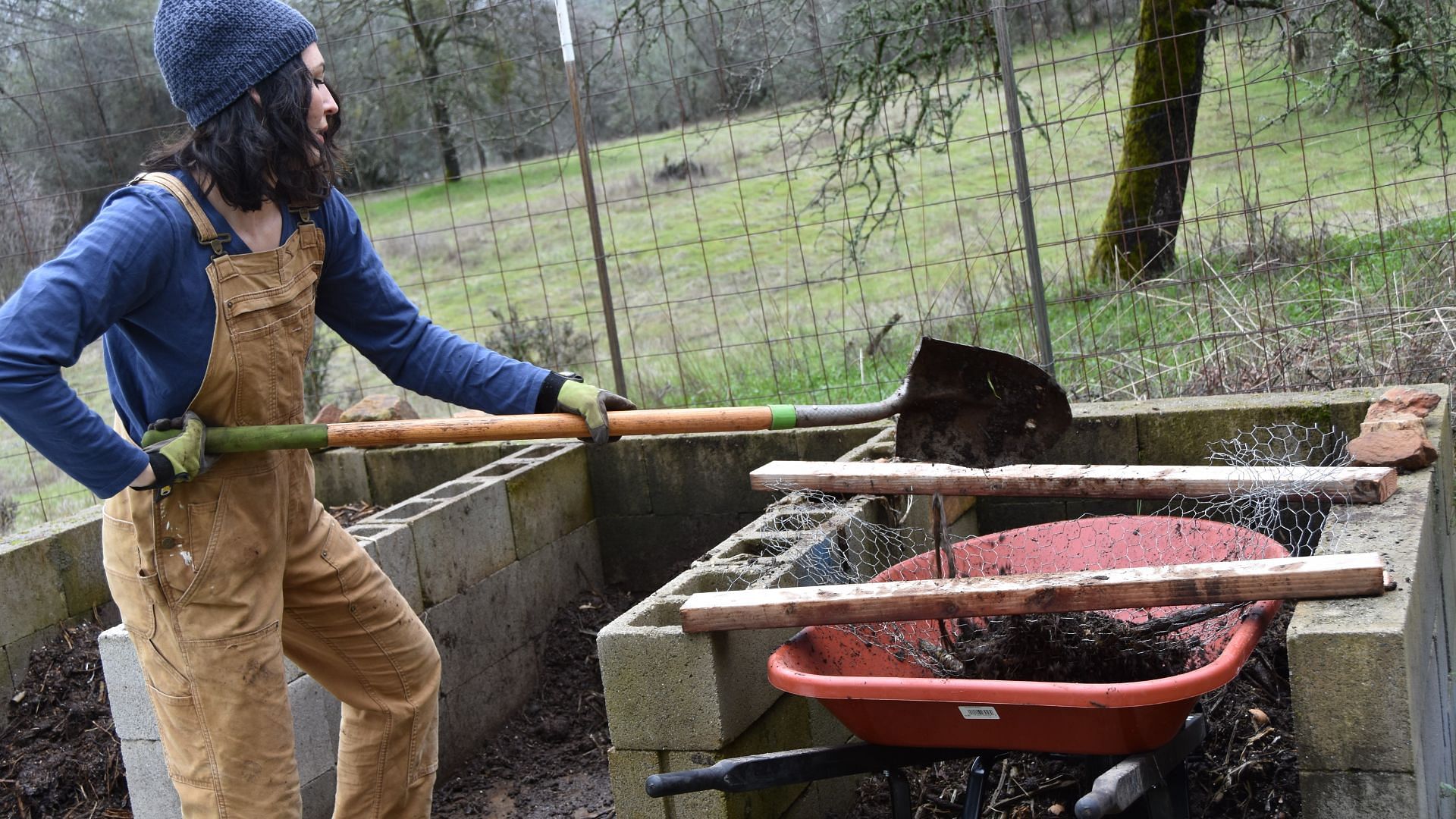
Preparing Your Garden For Next Season: A Guide To Soil Health And Pest Management
Share
The gardening season may be over, but for the avid gardener, the process of creation and improvement never ceases. As the days grow shorter and the temperatures drop, the winter months offer a valuable opportunity for reflection and planning. This period is not simply an intermission in the gardener's calendar; it is a crucial phase for ensuring that the next season's garden survives and thrives with vigour and abundance. From nurturing the soil with cover crops, mulch, and compost to selecting robust new strains and perhaps making plans to extend the growing period with the addition of a hoop house, there are numerous strategies to enhance the following year's yield through thoughtful consideration and intentional actions.
Cover Your Soil: The Bedrock Of A Productive Garden
One of the first steps in winter garden preparation is soil coverage. A bare garden is vulnerable; it risks erosion, nutrient leeching, and a dormant soil biome. Conversely, a covered garden bed signifies a protected and potentially thriving ecosystem ready to burst into life come spring.
The Importance Of Cover Crops
If the ground has yet to succumb to frost's embrace, broadcasting cover crop seeds can be an excellent investment in your garden's future health. Your choice of cover crop will depend on your specific USDA hardiness zone and the expected frost dates. A well-chosen cover crop can accomplish many tasks: prevent erosion, improve soil structure, and add vital nutrients such as nitrogen if you select a legume.
You will need at least three weeks of frost-free time for your cover crops to germinate and establish, and of course, you need to choose cold-weather crops that can survive the temperature within your hardiness zone.
Nurturing With Nitrogen-Fixing Legumes
Legumes are a powerful ally in the garden due to their relationship with rhizobia bacteria. This microscopic workforce converts atmospheric nitrogen into a bioavailable form, enriching the soil for next year's plants. Planting a mix of legumes, such as frost master peas, hairy vetch, or bell beans, can significantly increase the soil's nitrogen content, a crucial element for vigorous plant growth. These crops need to be cut down in spring, allowing them to decompose and release their stored nitrogen back into the earth.
If the window for planting cover crops has passed, effective methods still exist to protect and enrich your soil.

The Protective Layer Of Mulch
Mulch is akin to a protective blanket for your soil. It guards against the erosive forces of wind and water, traps heat to extend the microbial activity period and even serves as a slow-releasing nutrient source. Organic mulches, such as straw or leaves, can foster a thriving community of decomposers, including earthworms and beneficial fungi.
Interestingly, mulches that are light in colour, like straw, will insulate in the fall but will keep temperatures cooler in the spring due to their reflection of sunlight. Covering your mulch in the springtime with a dark, rich compost to increase your soil temperature is a good idea.
The principle underlying these phenomena is part of the broader laws of thermodynamics, particularly concerning energy transfer and radiation. Light surfaces reflect more sunlight and absorb less heat, while dark surfaces absorb more sunlight and therefore heat up more.
By the time spring comes, your mulch will have slowly decomposed and broken down slightly as microbial activity doesn't completely stop. Depending on how cold it gets in your region, your mulch will continue to be decomposed by mycelium, the vegetative portion of fungi that consumes lignin and cellulose abundant in woodchips, leaves, and other plant-based mulches.
The Mycelium Network: A Hidden Ally
Beneath the mulch lies an intricate network of fungal hyphae, a mycelium that extends like a living web through the soil. This network is crucial in nutrient cycling, water distribution, and plant communication. By producing a suite of biochemical tools like organic acids, enzymes, and siderophores, the mycelium works to solubilize and transport nutrients to plant roots, facilitating a symbiosis essential for plant health.
Covered soil means a myceliated soil, so protect your fungi and keep them covered. If your soil lacks mycelium, you must introduce spores and create a habitat suitable for fungal life. You can achieve this by covering your soil in fungal-dominant compost.

Compost: The Cornerstone Of Fertility
Compost is the garden's gold standard for organic matter. This rich, humified material is the product of the decomposition process, teeming with a diverse microbial life that is key to a fertile soil ecosystem. Compost enhances soil structure, water retention, and nutrient availability. Applying a layer of compost under a mulch blanket can significantly boost the soil's productivity for the next planting season.
For those without ready access to compost, the off-season is the perfect opportunity to start a composting system. Whether it's a simple pile in the backyard or a more sophisticated tumbler or vermiculture bin, composting not only recycles kitchen and garden waste but also converts it into a valuable resource for next year's garden.

There are several methods of composting, and each has its requirements. If you are looking for a fungal-dominant compost, consider building a Johnson-Su bioreactor. You can learn about this composting type, among others, in my Winter Soil Wellness Class.
Education And Garden Planning: The Blueprint For Success
Winter is also a time for learning and strategic planning. Reflecting on the previous season's successes and challenges provides a roadmap for the future. What worked well? What could be improved? Addressing these questions can lead to a more productive and less labour-intensive garden.
Integrated Pest Management
If pests were a challenge last season, winter is the time to build an integrated pest management plan. Learn about the life cycles and habits of the pests that visit your garden and explore environmentally friendly ways to manage them. Consider incorporating more companion plants that attract beneficial insects or introducing natural predators that keep pest populations in check. Order Sweet Alyssum, Buckwheat, Marigolds, and Sunflowers seeds for a beneficial insect garden that will protect your cannabis crop while adding a splash of color to your garden.
Mold And Disease Prevention
Mold and other pathogens can wreak havoc on a garden. To prevent these issues, consider rotating your crops to avoid building up disease in the soil. Some plants, such as those high in limonene content, are naturally resistant to mould and can be a wise choice for areas prone to fungal problems. Introducing beneficial fungi, like Trichoderma, can also help outcompete harmful mold spores.
Maximizing Yield And Quality
To improve both the yield and quality of your crops:
1. Focus on boosting soil health and refining plant care techniques.
2. Ensure your garden has a robust soil food web and plants can access all the nutrients they need.
3. Evaluate your watering practices—too much or too little water can significantly impact plant health.
4. Consider investing in an irrigation system to provide consistent and adequate water for your plants, which can substantially increase yield and quality.
Remember, every garden is unique, and the best practices for one may not apply to another. It's essential to consider the specific needs of your climate, soil type, and the strains you wish to grow. For example, strains adapted to your local conditions will perform better than those not. For instance, you may want to grow Sour Diesel, but because it is a longer flowering strain, it may not be suitable for a region with a short growing season. This can be remedied with a simple hoop house construction over a raised bed. Trigger it to flower early by utilizing light deprivation. The winter is a perfect time to learn new techniques to improve your garden.
Extractions & Edibles
You can also take this time to learn how to make bubble hash, ethanol extractions, and edibles. You will want to test your material before washing it to make bubble hash, as certain strains do not have the correct trichome shape and size for washing, these strains or more suited for a simple ethanol extraction.
If making bubble hash or ethanol extraction isn't your thing, you can make a simple infusion with flower or trim and oil, preferably animal-based. Cannabis is lipophilic, meaning it becomes bioavailable with the presence of fat, particularly animal-based fats or more saturated fats. These fats, like ghee, butter, or tallow, are solid at room temperature. If you are plant-based, coconut oil is the best type of fat for infusions and can be mixed with cannabis in a slower cooker and a cup of water for 2-3 hours, around 150 F.

With the holidays coming up, edibles make a perfect holiday treat, and what better way to make them than with your own homegrown medicine? I make Crinkle Cookies every year, and this year, I made them with bubble hash for a potent punch. Trust me when I say that family gatherings are much more enjoyable with the presence of a few well-made edibles.
Conclusion
With intention and the proper knowledge, your next garden will not just grow; it will flourish, providing a sense of accomplishment and the simple joy of nurturing life from the soil. As you plan and dream during these quieter days, let the anticipation of spring's green resurgence fuel your passion for gardening. Remember to order your seeds soon and plan on starting them in February or March, depending on your region.

